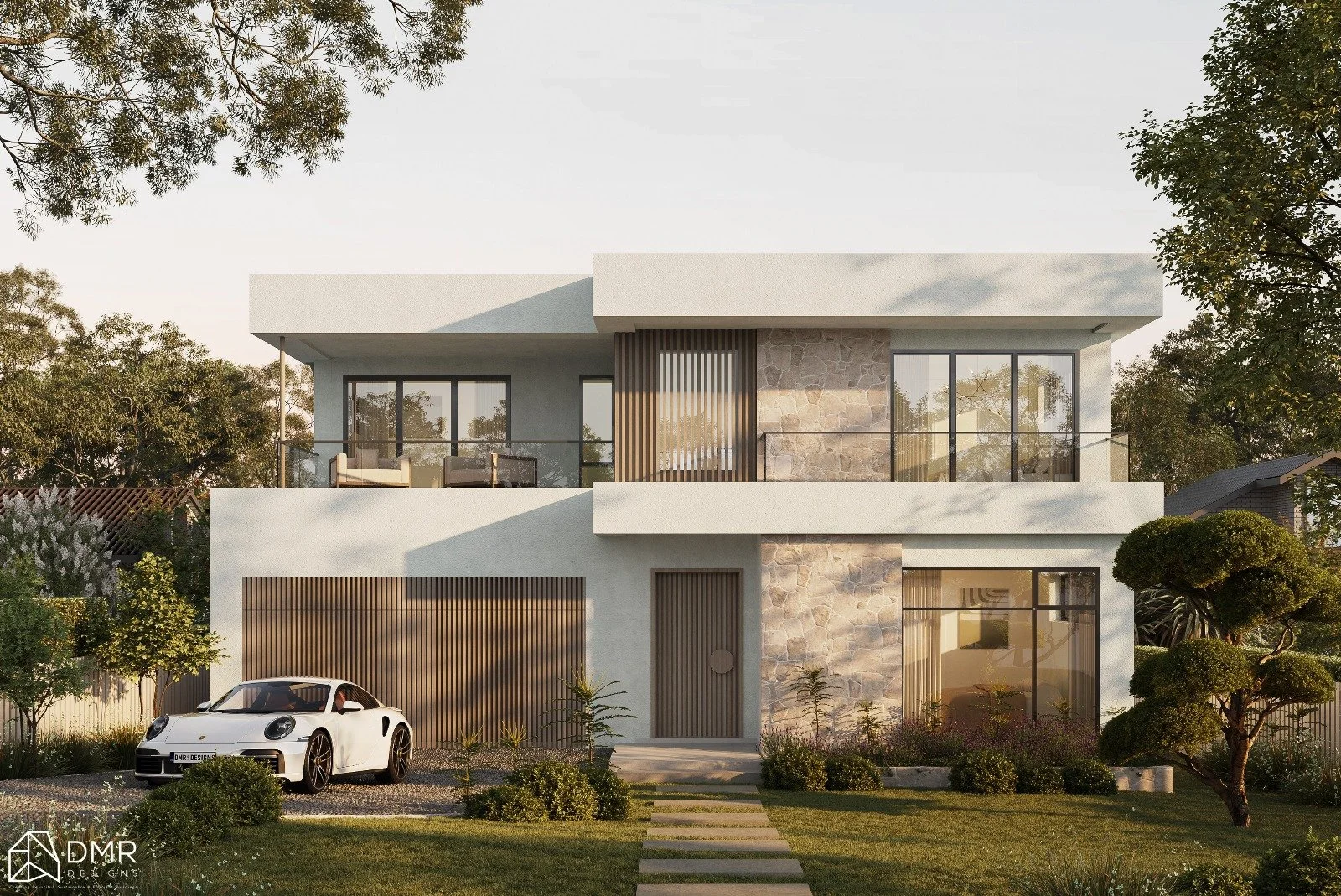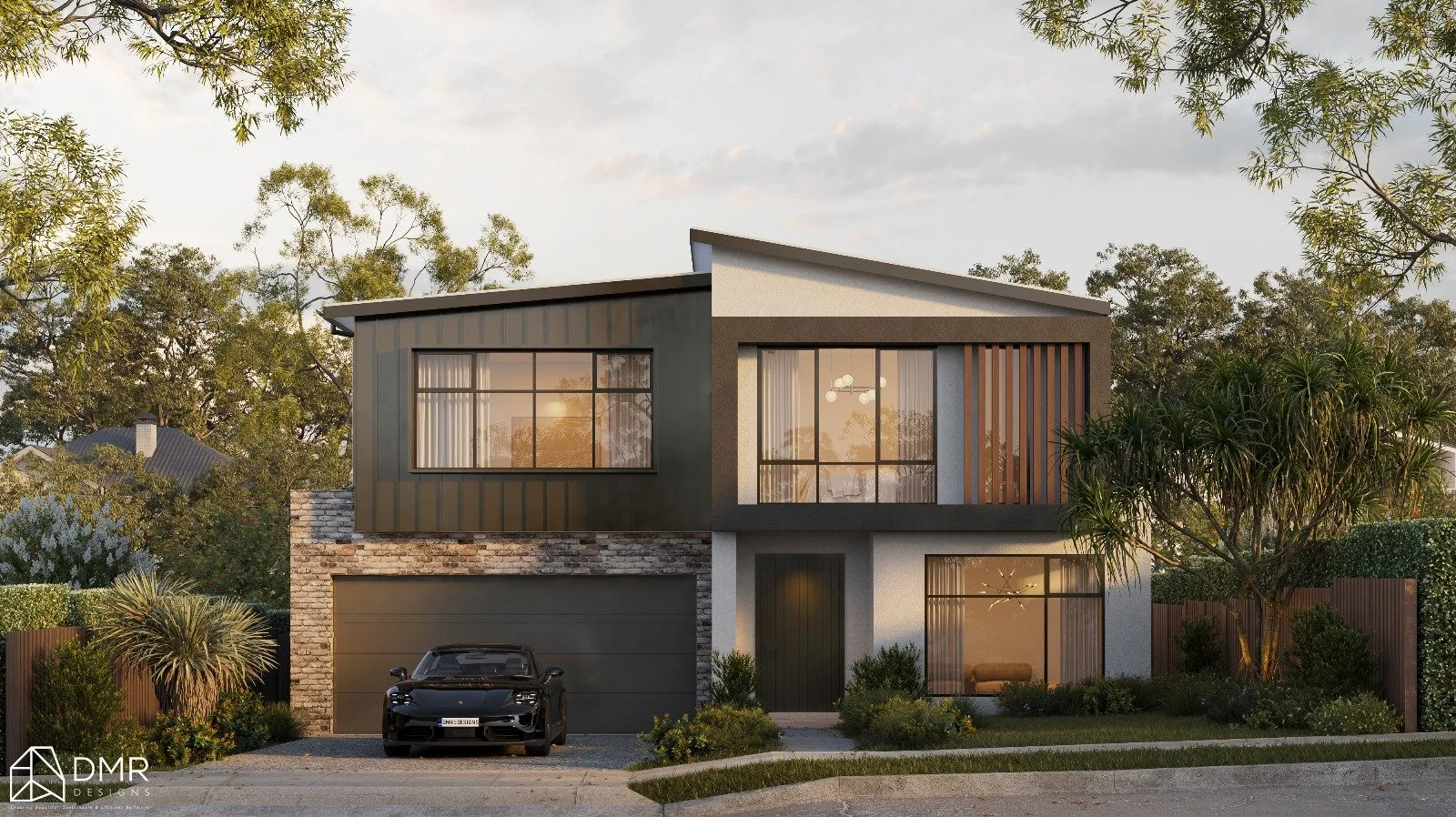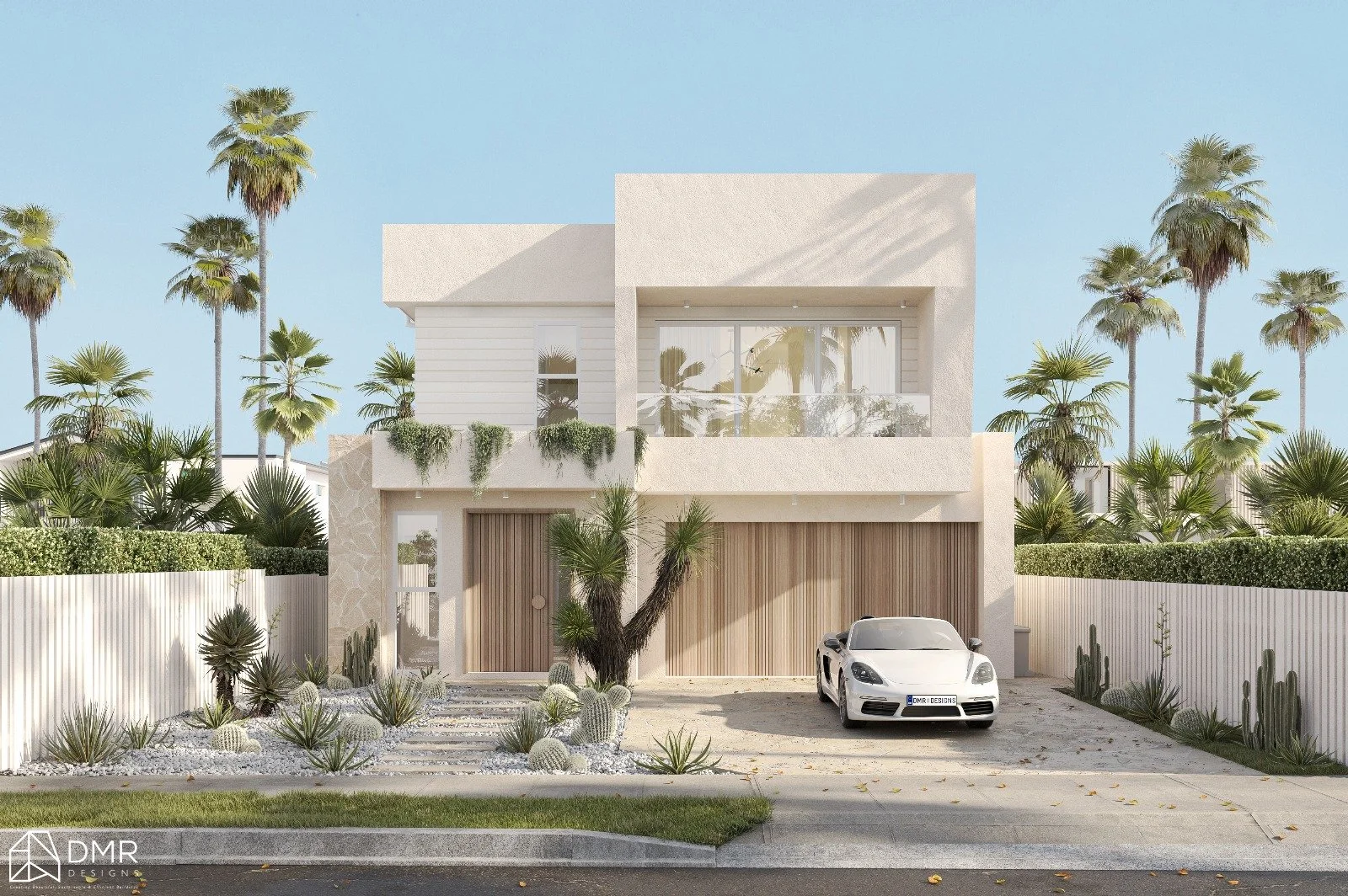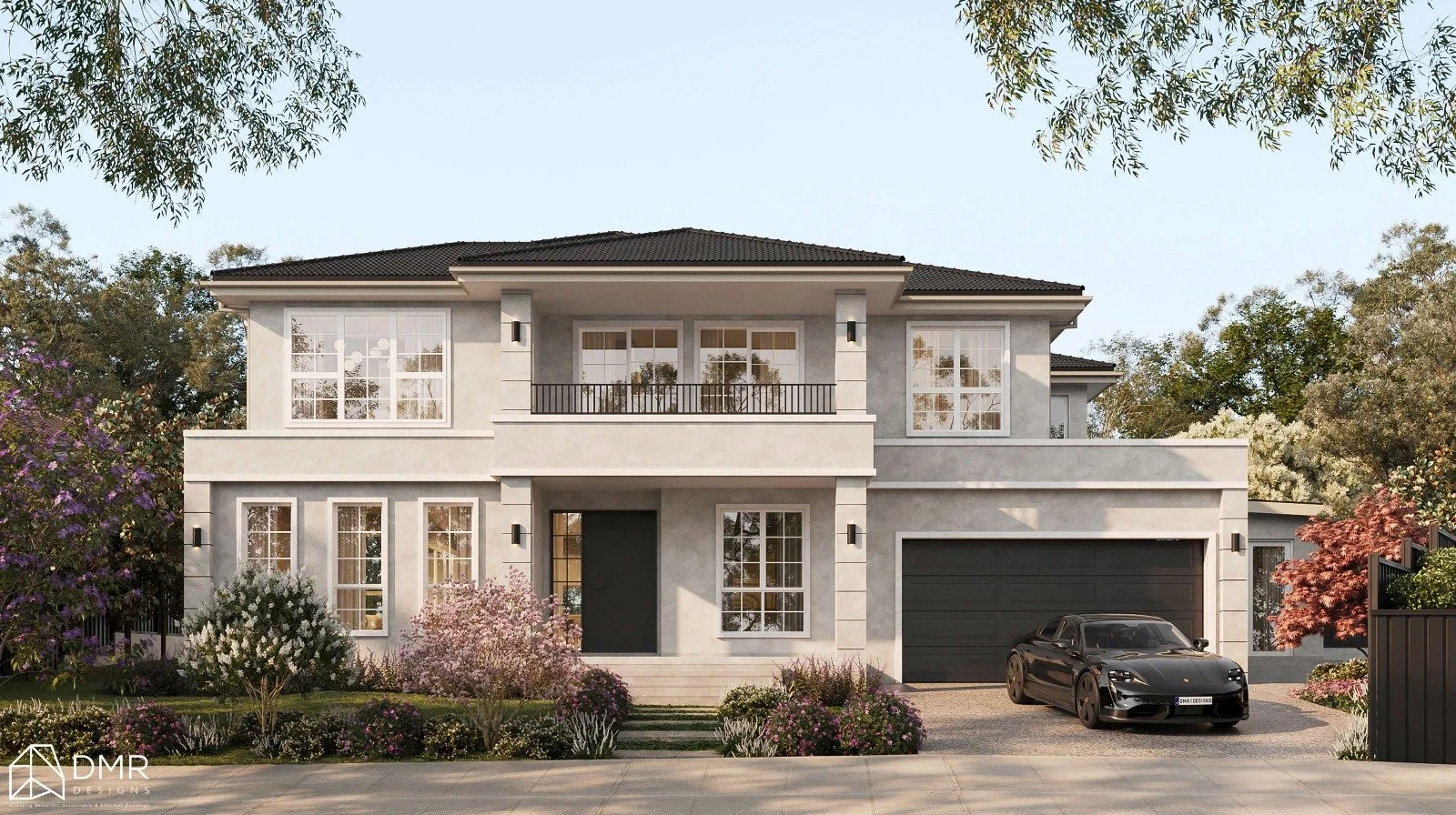If you’ve ever browsed property listings or design magazines in Australia, you’ve likely seen homes described as modern or contemporary — sometimes even used interchangeably. But while the two styles share certain features, they actually refer to distinct architectural approaches. Understanding their differences can help you make more informed choices when building, renovating, or simply appreciating the homes that define Australia’s evolving suburbs and cities.
1. Defining the Terms
Modern Homes
“Modern” architecture refers to a specific design movement that emerged in the early to mid-20th century (roughly 1920s–1970s). It’s characterised by simplicity, function, and an honest use of materials. In Australia, this style found strong footing in post-war homes, such as the mid-century designs popularised in Melbourne and Sydney suburbs.
Key Features:
Clean, horizontal lines
Flat or low-pitched roofs
Large glass windows for natural light
Open floor plans promoting flow between indoor and outdoor spaces
Materials like concrete, timber, and steel left in their natural form
Australian Example: The Harry Seidler homes of Sydney, such as the Rose Seidler House, are quintessential examples of Australian modernism — functional, geometric, and integrated with the landscape.
Contemporary Homes
“Contemporary” design, on the other hand, refers to the architecture of today. It’s ever-evolving and reflects current trends, technologies, and sustainability practices. Contemporary homes may borrow elements from modern design but often mix them with newer ideas and materials.
Key Features:
Asymmetrical facades and bold forms
Use of sustainable materials and energy-efficient technologies
Smart home integrations (lighting, security, climate control)
Fluid, flexible layouts adaptable to changing lifestyles
Creative use of mixed materials — glass, timber, concrete, metal, and recycled elements
Australian Example: Contemporary homes in coastal areas like Byron Bay or the Mornington Peninsula often feature passive solar design, rainwater harvesting, and locally sourced timber cladding — blending aesthetics with eco-conscious living.
2. Visual Differences at a Glance
Visually, modern homes showcase clean lines, balanced proportions, and an emphasis on simplicity. They often feature flat or gently sloped roofs, large glass panels, and materials like timber, steel, and concrete in their natural state. The overall feel is calm, structured, and timeless.
Contemporary homes, meanwhile, are more expressive and experimental. They may feature asymmetrical shapes, striking contrasts in materials, and bold architectural details. Sustainability and technology are also front and centre — with smart systems, recycled materials, and designs tailored to Australia’s climate.
In short, modern design honours the past’s clean simplicity, while contemporary design embraces the creativity and innovation of the present.
3. Functionality and Lifestyle
Modern homes were designed for practical living — efficient, durable, and comfortable, with a focus on natural light and simplicity.
Contemporary homes build upon that by emphasizing adaptability and sustainability, catering to today’s more connected and environmentally conscious lifestyles.
In Australia, where climate and outdoor living play a major role, contemporary architecture often goes further with:
Cross-ventilation for cooling
Solar panels and battery systems
Seamless indoor-outdoor transitions through sliding glass walls
4. Which Style is Right for You?
Choose Modern if you love timeless design, symmetry, and mid-century nostalgia. A modern home pairs well with minimalist décor and natural materials.
Choose Contemporary if you want a forward-thinking, energy-efficient, and tech-integrated living space that evolves with your lifestyle.
Both styles celebrate Australian light, landscape, and lifestyle — just through different lenses of time.
Final Thoughts
While “modern” and “contemporary” are often confused, understanding their unique philosophies helps you appreciate the design diversity across Australia — from sleek suburban modernist revivals to innovative eco-homes shaping the country’s architectural future.
Ready to Design Your Dream Home?
At DMR Designs, we specialise in creating custom modern and contemporary homes that reflect your lifestyle, budget, and the beauty of the Australian environment. Whether you’re inspired by clean mid-century lines or cutting-edge sustainable design, our experienced team can bring your vision to life — from concept to completion.
Contact DMR Designs today to start planning your dream home.








